Producers
-
Description:
Montagnette is produced at Les Vignerons D'Estezargues, a small Southern Rhone Cooperative located in the Gard Departement, west of Villeneuve-Les-Avignon. They are a unique co-op because each vineyard is farmed sustainably and the wines are bottled separately for each estate. The yields in the vineyards are not high because the soil is very arid in this particular region. The co-op's commitment to environmentally-respectful viticulture and to non-interventionist winemaking made it possible to follow the "Terra Vitis" charter: no cultured yeasts, no filtration, no fining, no enzymes, no SO2 on the grapes at harvest (or during the vinification), only a little bit for bottling.
Domaine La Montagnette is owned by Jean-Marie Granier, aka the Gentleman Farmer of Estézargues! He bought his first plots when he was 16, became the city’s mayor at 24, and the vice-president of the co-op back in 1990. He’s been with the co-op for the past 50 years. Following the path of his father, who farmed about 30 hectares of vineyards, Jean-Marie increased the vineyard to its current size of 60 hectares and his son, Jean-Laurent, has been caring for seven hectares since 2003.
Image: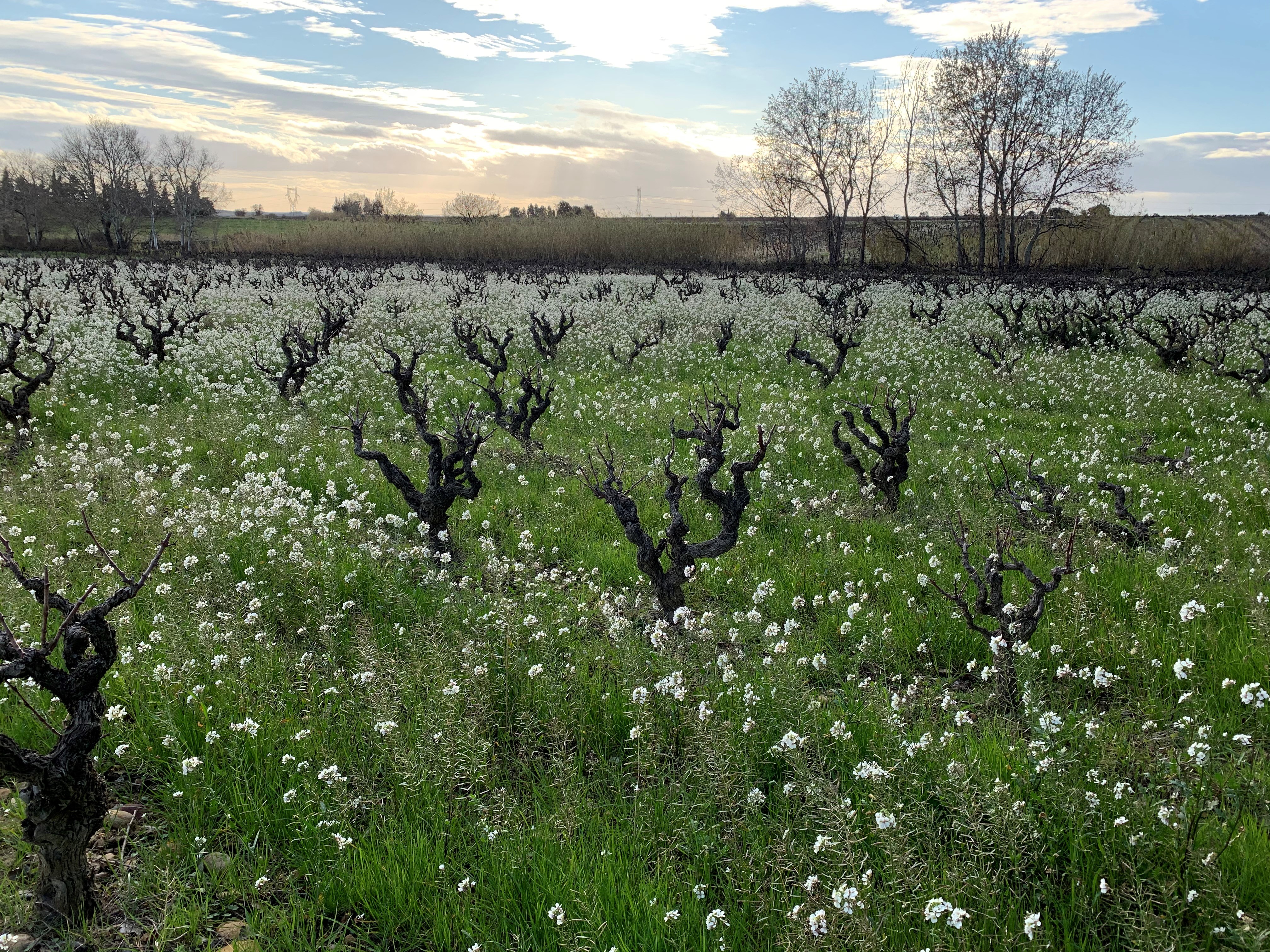 Region:
Region: -
Description:
Thank you to importer Louis/Dressner for this producer profile:
(Click here for more on Monte Dall'Ora on Louis/Dressner's website and here for the winery's own website)
Located in the center of Valpolicella on one of the five ridges that descend the valley (which resemble the fingers of a hand), Monte Dall'Ora is the creation of Carlo Venturini and his wife Alessandra Zantedeschi. Both are from vignaioli families, but decided to start fresh with their own estate in 1995. At the time, the purchased terraces were in terrible condition and everything had to be rebuilt.
Vines are either selection massale or grafted on American rootstock. Carlo has chosen to work with (and in some cases, replant) the region's traditional varietals: Corvina, Corvinone, Rondinella, and Oseleta (a lost indigenous grape). The estate was worked organically until 2006, when the couple converted to biodynamic agriculture. The soils are unique to their particular ridge and are composed of limestone with a reddish hue. The first 15 meters are very soft and porous, permitting the vines' roots to penetrate deep in the subsoil.
The vines are all trained in the pergola style. Carlo thought about training the vines in Guyot, but quickly changed his mind for reasons of climate and quality control. In many regions, growers continue to use pergola because this vine tending system produces very high yields; while often inconsequential to the health of the grapes, the widespread justification is that is necessary to protect the fruit from the sun. In Valpolicella's case, this is actually true: Corvina and Corvinone are both very susceptible to sunlight. They are also very vigorous varietals: with guyot, bunches would get too big and become prone to illness. Pergola creates more air and space between clusters; the plants are more separated, which results in smaller and more concentrated bunches.
Instead of worrying about lower yields for higher concentration (an easy goal with but very hard to accomplish with pergola), Carlo prefers focusing his energy on balance in the vineyard: this essentially means promoting agricultural and natural biodiversity instead of just vine tending. Grass grows free, with cherry and olive trees complimenting the entirety of the vineyard. This work philosophy continues through the winemaking: "Finding the equilibrium in the vineyard brings balance in the cellar."
Image: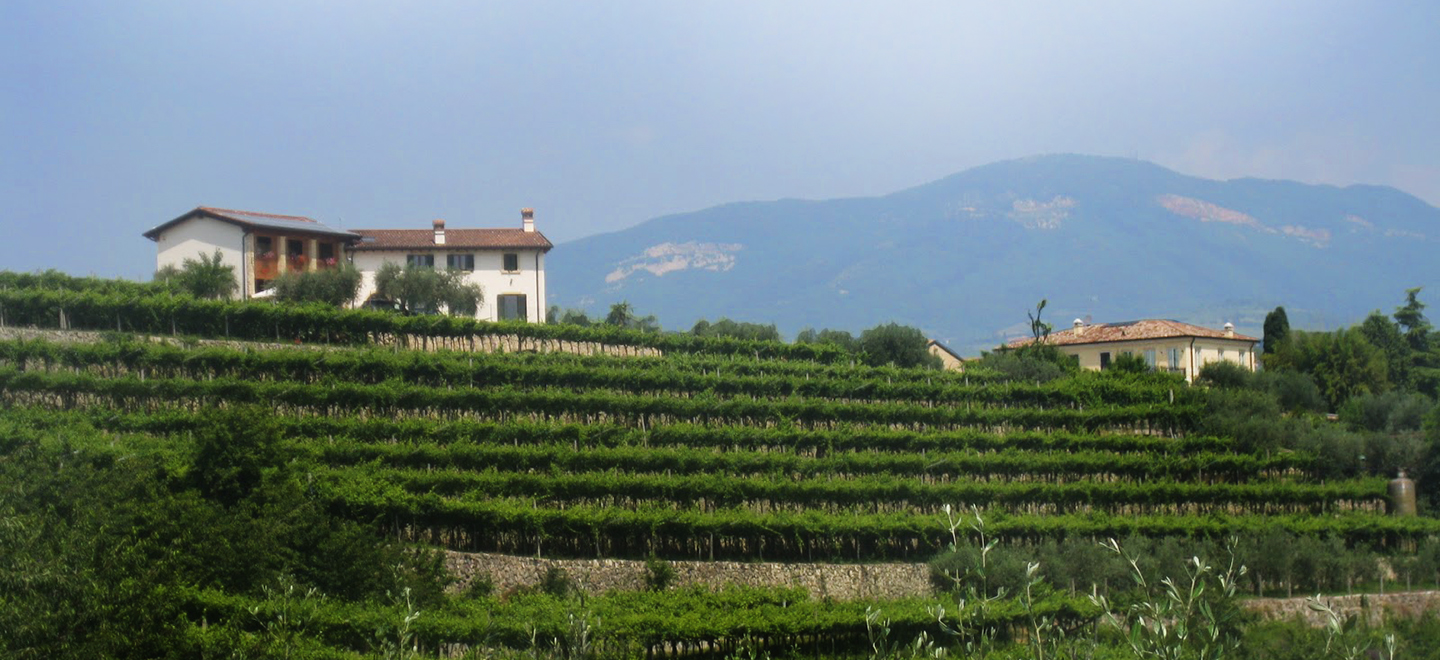 Region:
Region: -
Description:
Monte di Grazia is one of the latest additions to Bowler’s growing stable of excellent Italian growers. They are located in Campania in the town of Tramonti, inland and up from the Amalfi Coast, in the Lattari Mountains. It’s a cool, breezy microclimate and an isolated place. This is the first time—in any spot in the world—that our freight forwarder told us the only way to manage the pickup is with a specialized truck! This isolation, combined with altitude and volcanic soil, is also the reason why Tramonti is a pristine pocket of pre-phylloxera grapes. Alfsono Arpino, a pediatrician from the town, established the estate in 2004 out of love and respect for these old vines. His children, Olivia and Fortunato, are also involved in the operation, and today, the Arpino family farms 3.2 hectares of certified organic vineyards, as well as a hectare each of a lemon orchard and a chestnut grove.
The grape vines are ungrafted and trained in giant pergolas known locally as tendone. These vines are among the oldest vines in Italy: most are over 100 years old, with some approaching 300 years old. Replanting is done via propaggine, in which a cane from an exisiting plant is bent towards the earth and partially buried there, allowing it to take root. The red varieties are Tintore di Tramonti, Piedirosso, Moscio, Sciascinoso, Olivella, and the whites are Pepella, Biancatenera, and Ginestra.
To taste Monte di Grazia’s wines is to connect with a delicious, deep biology and history of a place.
Image: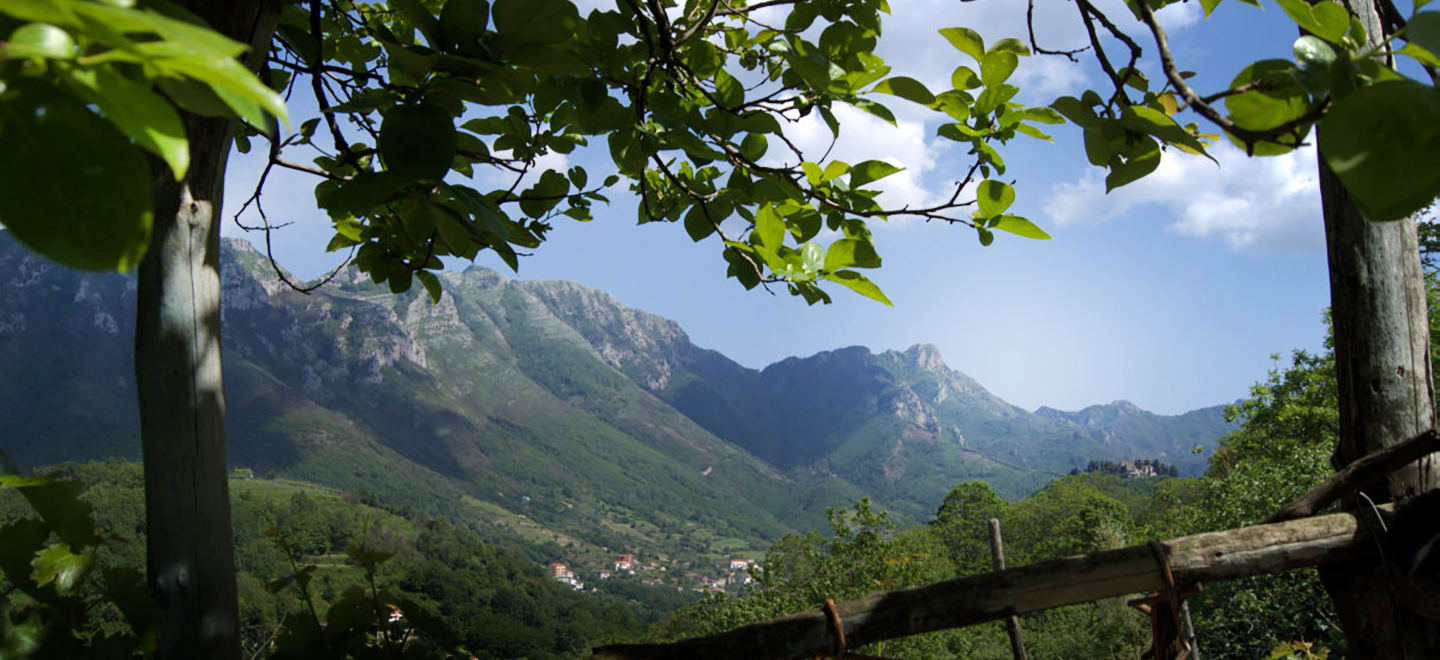 Region:
Region: -
Description:
Following a successful career as a sommelier and restaurant owner in New York City, Patrick Cappiello set his sights on the West Coast, launching Monte Rio Cellars and Skull Wine Co. The pull towards winemaking happened organically, having spent years learning from various winemakers, among them his close friend, Pax Mahle.
As a restaurant buyer and young consumer, Patrick felt there was a lack of affordable, honest wines from California. Monte Rio Cellars is his answer to that, producing a wide range of balanced, and food-friendly wines for people to enjoy.
Working with family owned, organically farmed vineyards and simple winemaking, Patrick is achieving his goal of making delicious, hand-crafted wines in the spirit of old California.
Current releases from Skull Wine Co. and The Piquette Project are also available!
Image: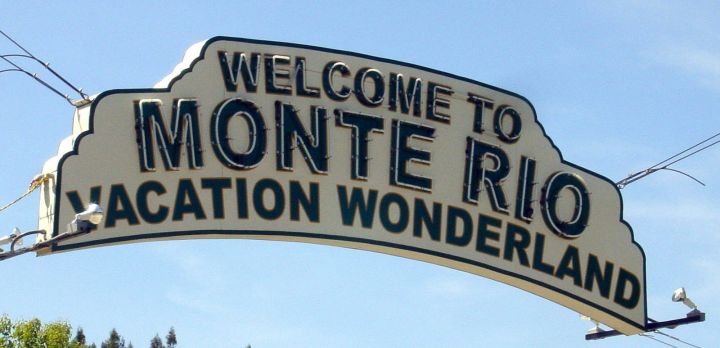 Region:
Region: -
Description:
The distillery, initially called Carrère, was founded in 1930. After a very rapid progression, the activity slowed down little by little from the Second World War until 1968, when it almost disappeared. It was in that year that Jean Marsolle and his son Alain, from a family that had been established in Guadeloupe for several generations, bought it.
In 1975, the distillery was modernized and production was relaunched. It changed its name to Montebello and became the third largest producer in Guadeloupe. Since January 2012, Grégory Marsolle, Alain’s son, has taken over the reins of the family distillery. Production has been further improved.
To produce its rum, the Montebello distillery has the particularity of using only cane harvested by hand from the volcanic regions of Petit-Bourg, Goyave, Basse-Terre, Lamentin and Sainte-Rose. It is also one of the last distilleries in the Caribbean using steam engines. All the waste is now reused: the bagasse from the pressed cane is used as fuel.
Unlike most distilleries, Montebello ferments the cane juice for 48 to 52 hours (instead of 18 to 36 hours as a general rule) after extraction (also called vesou). This additional fermentation time allows the cane juice to reveal its full expression
The second production characteristic that distinguishes Montebello rums from others takes place during maturation. The oak barrels containing the rum are placed in large metal containers where the temperature is higher. The purpose of this operation is to allow faster extraction of the alcohol.Image: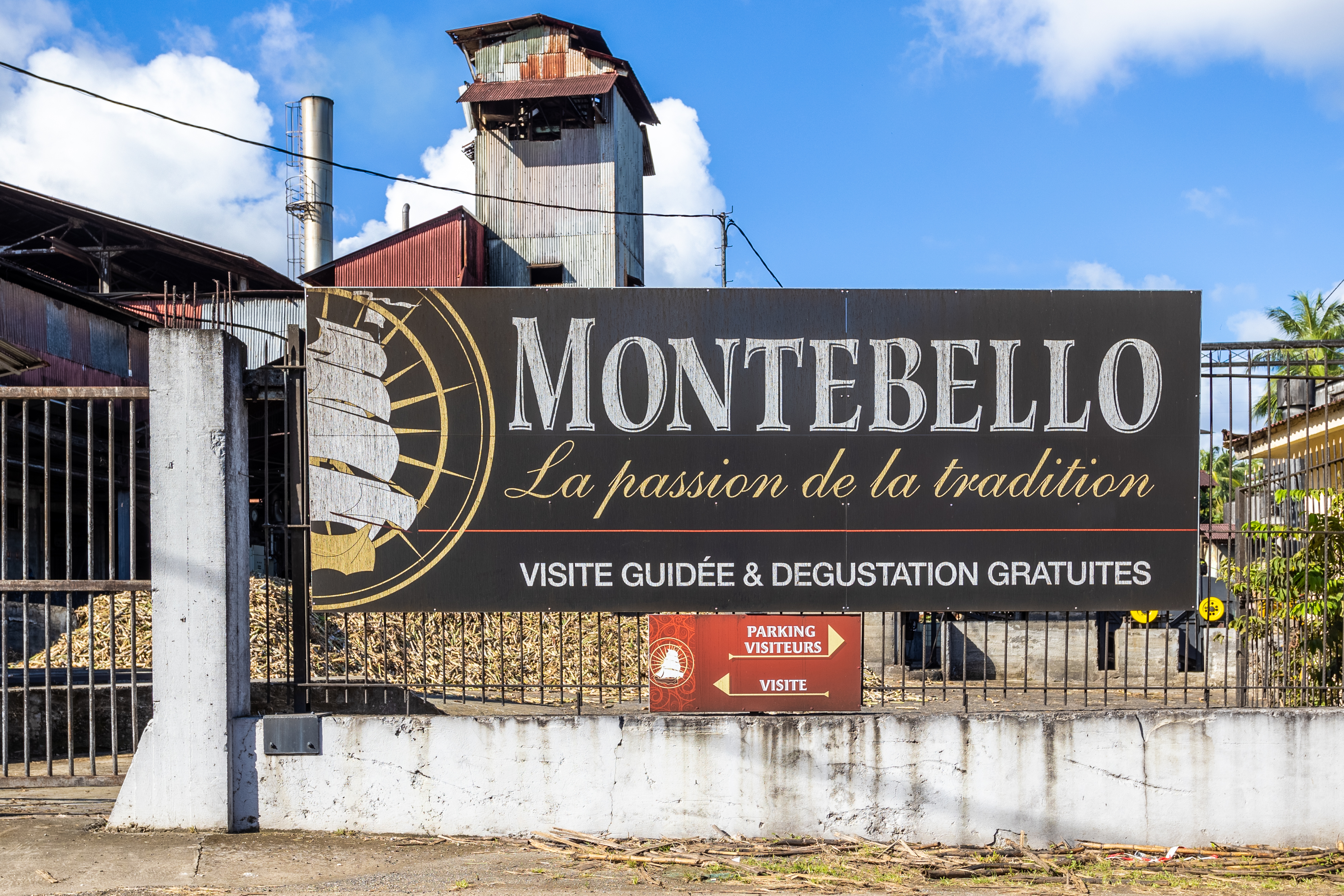 Region:
Region: -
Description:
Montesco is the label from Mathias Michelini for the wines he makes from grapes grown high up in vineyards in Tunuyan and Tupungato. These are some of the highest altitude vineyards he sources from, some very old, and subject to extremely cold weather.
The wines are made at his winery, Passionate Wines, in Tupungato, following his hands-off approach, from native yeasts and with minimal intervention and minimal sulfur levels. The resulting wines are admirable, unique, incredibly elegant, and always high-toned.
This profile and tasting notes were edited from the Brazos Wine website, along with the pictures used. For more information please visit: Brazos
Image: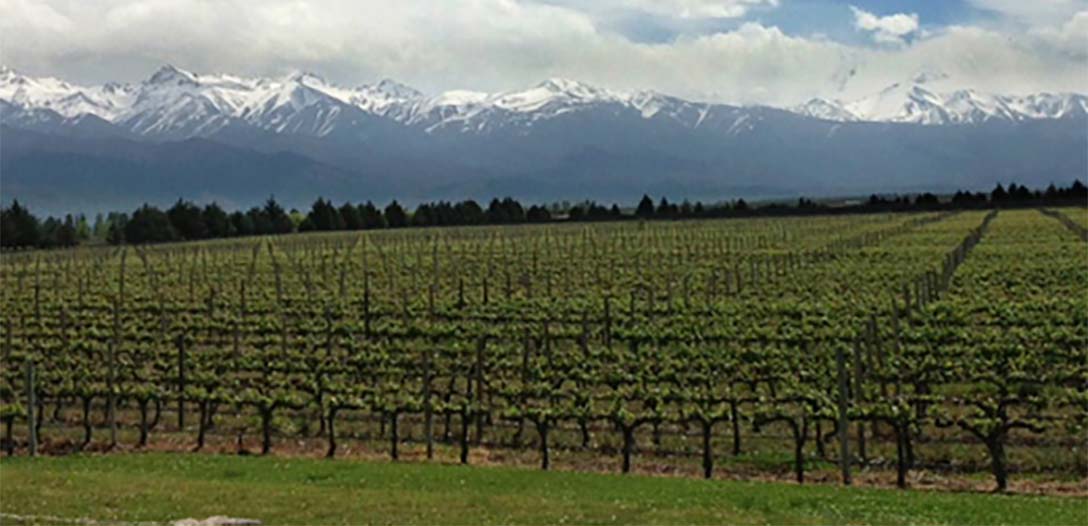 Region:
Region: -
Description:
Thank you to importer Louis/Dressner for this producer profile:
(Click here for more on Montesecondo on the Louis/Dressner website)
In a previous life, Silvio Messana was a New Yorker. There had always been this beautiful farm in Tuscany outside of Florence where Silvio’s mother lived. They visited yearly. His father had planted vineyards there in the early 1970’s. Since his death, his mother looked after them and sold the grapes to a local négociant. In the mid 1990’s, Silvio’s mother was ill and his family decided to move back to be near her. By this time, Silvio had already developed a passion for wine in the United States. With the certain impossibility of finding an affordable rent in New York with three growing sons, Silvio and his wife Catalina decided to stay on after his mother’s death, turning the Chianti Classico farm into their home with a portion of the farm converted as a half-year bed-and-breakfast. Silvio immediately began working on the vineyards himself.
The first vintage that Silvio estate bottled was 2000. There was a lot to learn and unlearn. He made friendships with only a few of the suspicious neighboring Tuscan vignaioli, but Paolo di Marchi of Isole e Olena (himself a foreigner from Piemonte) and his former agronomist Paolo Masi were encouraging and helpful with practical matters.
Catalina was against using any chemicals on the farm, insisting there must be a better way. Gradually through introductions to winemakers outside of the region who were using biodynamic practices (among them Nicolas Joly, Stefano Bellotti of Cascina degli Ulivi and, inidrectly, Sandro Sangiorgio, the director of the wine magazine Porthos), Silvio began to lose his fears and have faith that it was possible. Their advice led the Messanas to take the leap into natural farming and seeking a way to make the wine without the use of added yeasts or other enhancers. In the meantime, piece by piece, Silvio built a winemaking facility with his own hands (there was a small winemaking “garage” on the estate before) and things fell into place.
In the vineyards, Silvio has old and younger vines of Sangiovese and Canaiolo with plantings of Colorino and Cabernet Sauvignon. The vineyard is a contiguous 11.5 hectares surrounding the farm and is on the south bank of a ravine, or borro, where there is sunlight on the vines all day long. 2003 was the first vintage fully vinified using only the grapes' own yeasts. After the 2002 harvest which had frost in the spring and hail in the summer, the heat of 2003 was almost pleasant (it’s always hot here in summer), and the harvest was pretty normal, with good, healthy fruit.
In the spring of 2004 while visiting Montesecondo, we tasted a vat of 2003 Sangiovese and Canaiolo that was still in tank (no wood). It was juicy, bright and delicious and, in every respect, it showed itself as Chianti. I mentioned that it would be delicious bottled like this; Silvio agreed, but shook his head. It would be complicated. Then a little later at lunch, I popped a Ruché from our producer in Colli Astigiani that was bottled briefly following a time in large, very neutral barrels (basically a tank wine). It was charming and incredibly drinkable, not simple, but not overly complex. Silvio was inspired by its unpretentiousness. I left their house that day, and Silvio was deeply considering the idea of doing a tank bottling of Chianti.
In the fall, Silvio told me that it was bottled. He also said it did not pass for DOCG status first for too much color and on the second submission for lack of color. Paolo di Marchi at Isole e Olena had submitted his Chianti Classico bottling twice and had been denied the DOCG for the same reason. Paolo de Marchi submitted a third time and his wine passed; Silvio decided to forgo the third attempt and bottle the wine as IGT (it's allowed to declassify Chianti Classico to Chianti, but this decision must be made by the end of November following the harvest. Past this deadline Chianti Classico can only be declassified to IGT Rosso). On a more consistent note, his submitted bottles for Chianti Classico, with samples from oak barrels, have never had any problem receiving the DOCG.
The curious thing here is that now all sorts of nontraditional grapes – including Merlot, and other non-indigenous types – and barrique treatments are allowed for DOCG Chianti Classico. At the same time a wine made just using Sangiovese and Canaiolo grapes grown in Chianti Classico soils and vinified in the method of older chianti traditions (tank or large Slavonian oak barrels) are deemed "atypical" and are being denied the right to use the Chianti or Chianti Classico name. This is the state of the bureaucracy’s influence on the denominazioni of Italy (it's an even bigger problem in some appellations of France) and how the idea of the DOCG's identity, its "typicity", is being reshaped to a new market-based ideal that has no bearing on the traditions of the region.
To watch a winery and winemaker grow and find their path, the way that Montesecondo and Silvio (with Catalina) have done so well, in a world that holds many differing views of what wine should be and how it should taste, has been one of the great pleasures of our career as importers.
2019 Update:
As with most endeavors, things have evolved for Silvio over the years. Inspired by Elisabetta Foradori, in 2009 a Sangiovese fermented and aged in anfora was released under the name "Tïn" (the name means clay in Arabic). A few vintages later, "Tïn Bianco" was produced from his tiny amount of Trebbiano.In 2013, Silvio started renting an additonal six hectares of Sangiovese. A 30 minute drive from Montesecondo, the vines here are between 20 and 35 years old, growing at 450m elevation, which is very high for this part of Tuscany. They have been converted to biodynamics and currently go into the IGT Rosso, adding even more brightness and complexity to the wine. Silvio is open to making new cuvée with these terroirs once he has familiarized himself with them more.
Silvio Messana Négociant Project:
With the 2019 vintage, Silvio launched a négociant project under his own name."The project was born out of curiosity for working with the same or similar grapes (for example Trebbiano and Vernaccia) but from different terroirs. I felt it would be a learning experience but also for the purpose of establishing long term relationships with growers that would be influenced and eventually benefit (some already are) from my approach to farming and winemaking."
Silvio is currently purchasing fruit from four growers, all of whom are working organically. The focus will be less on terroir (though it will obviously show) and more on highlighting each vintage: sourcing, vinifications and blends will be chosen instinctively each year in accordance with what nature provides. The wines will all be released as Vino di Tavola and not feature their vintage on the label, though it can easily be identified in the lot number.
Channeling the imagery and Arabic names already used for some of the of the Montesecondo wines, each label features a camel (a variation on Montesecondo's iconic crowned toad but also a nod to Silvio's childhood in Tunisia) as well as the word SARF, which translates to "exchange" in Arabic. There is also a slogan written in Italian: "visione scambio contezza":
"Visione = Vision (my vision), Scambio = Exchange (grapes, knowledge, farming methods, winemaking) Contezza = means being aware, informed of."
Having tasted and discussed the wines at length with Silvio, it's evident he is taking the project very seriously as a way to expand both his creativity and the community around him. These are not an afterthought; the 2019's are vivacious, precise and delicious. We're excited for what comes next.
Image: Region:
Region: -
Description:
Montsecano is a collaboration of Julio Donoso and André Ostertag of Alsace. This biodynamic winery consists of two hillside, granitic, small vineyards in the Casablanca Valley. A minimal approach is used in the horse-plowed vineyard and winery. The wines are made exclusively in stainless steel micro tanks or concrete egg fermenters. No oak is used. The small production winery is quickly being recognized as one of the best in South America.
This profile and tasting notes were edited from the Brazos Wine website, along with the pictures used. For more information please visit: Brazos
Image: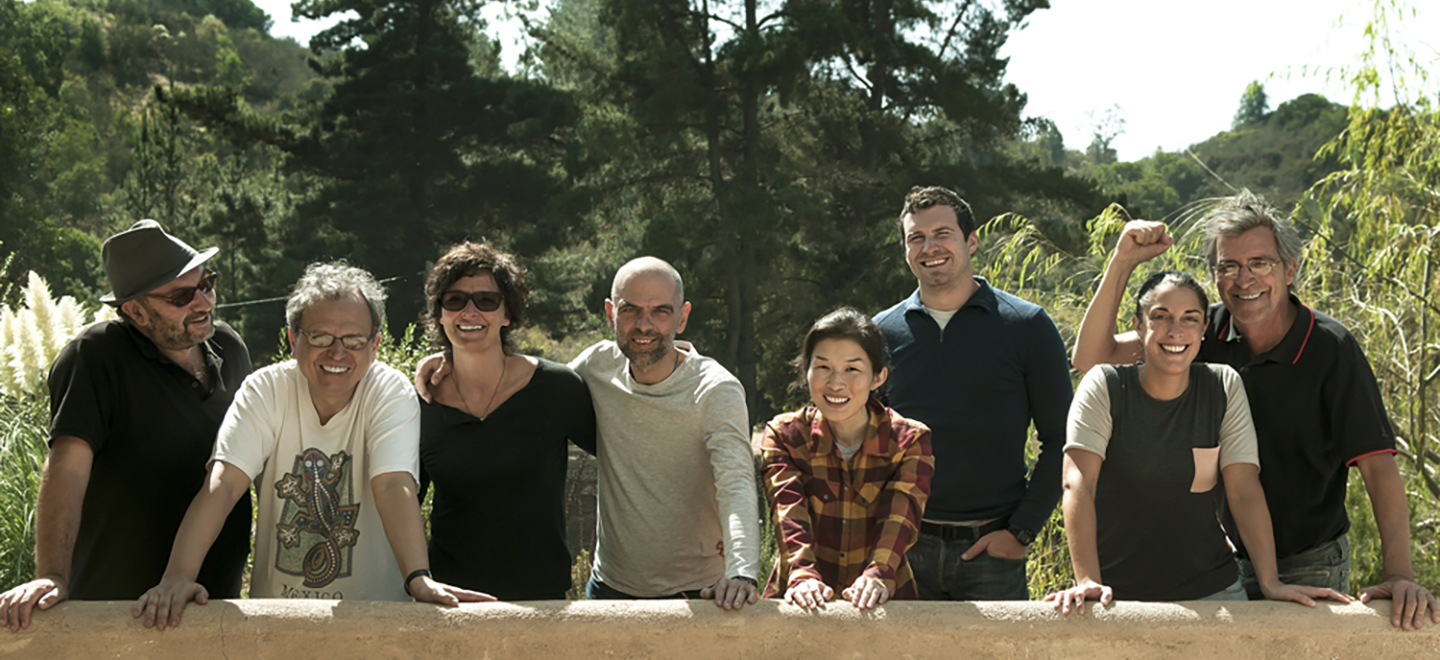 Region:
Region: -
Description:
Mount Eden Vineyards is a small, historic wine estate located on a 2000 foot peak in the Santa Cruz Mountain Appellation, about 15 miles from the Pacific Ocean. Founded by Martin Ray in 1945, it is recognized as one of the original boutique California Winery properties, focusing on small lots of Pinot Noir, Chardonnay, and Cabernet Sauvignon. The Mount Eden Vineyard has been continuously producing estate bottled Pinot Noir and Chardonnay longer than anyone else in California.
Planted in austere, infertile Franciscan shale on a cool, exposed mountaintop, the 40 acre vineyard is farmed sustainably without any irrigation. It is comprised of 7 acres of Pinot Noir, 20 acres of Chardonnay and 13 acres of Bordeaux varieties: Cabernet Sauvignon, Merlot, and Cabernet Franc. In 2007 they purchased the former Cinnabar vineyard on a neighboring mountain top. Planted in 1983, this mature vineyard brought another 12 acres of Chardonnay and Pinot Noir, as well as a little Cabernet Sauvignon. They renamed the property Domaine Eden and it has become the primary source for their Domaine Eden wines.
Winemaker and Proprietor Jeffrey Patterson has been making wine at Mount Eden since 1981. With three decades under his belt, he continues with the same goal as when he started: to express this singular vineyard. Fermentation is done with native yeasts, oak influence is kept minimal, and fining and filtering are minimal when used at all.
Few wineries in California have the sort of history that is found at Mount Eden and few wineries in the world can match the level of quality being produced here. This is a unique terroir being overseen by conscientious stewards and these are wines that could not possibly have come from anywhere else in the world. It’s as pointless to compare these wines to Burgundy and Bordeaux as it is to compare them to the rest of California; these wines are Mount Eden, pure and simple.
See also: Domaine Eden
Image: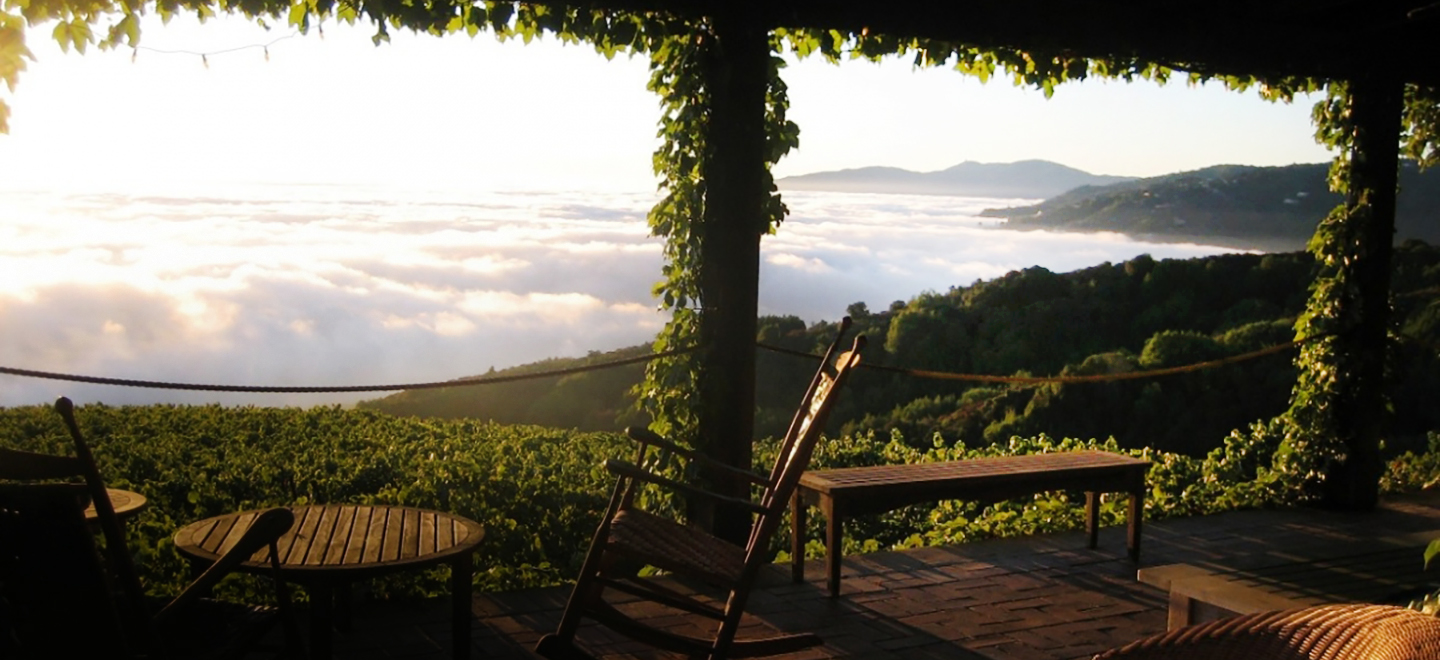 Region:
Region: -
Description:
The Müller estate consists of 10 hectares, mostly Riesling (90% of their holdings) and a little Pinot, both Noir and Blanc. Everything is hand-harvested on rolling hillsides teeming with life and vegetation. The vines see no herbicides and no pesticides—only some fungicide when needed.
The labels depict topographical maps of each vineyard. The most well-known site they have is Krettnacher Altenberg—mainly blue slate and the local green slate known as Diabas (cf. Zilliken’s vineyards). Their largest holding is the Euchariusberg (pronounced oy-sharius-berg) where they have 5 hectares of vines planted in 1944 and 1964. This is a rambling, diverse terroir from which Stefan derives emphatically delicious Rieslings, especially in sweet prädikats. The parcels in Niedermennig are red slate and contain many old, ungrafted vines. Though less well known than the others, the Niedermenniger sites are hidden gems of extraordinary quality and history which deserve a brighter spotlight shone on them. At Bowler we focus on these sites with great excitement.
In the cellar, Müller also follows a surprisingly ad hoc usage of barrels and tanks, with no strict design for which wines go in what vessel; however, once a wine starts fermentation in one tank or barrel, it ages in that same vessel until completion. There is no chaptalization, and all wines ferment with wild yeast; sulfur is only added at bottling. In other words, Stefan skews organic at his small estate, but does not adhere strictly to the regimen that word implies: he is, in a word, pragmatic. The wines at Müller are exquisitely balanced, succulent, wildly aromatic, unapologetically ripe, and true to the Saar.
Image: Region:
Region: